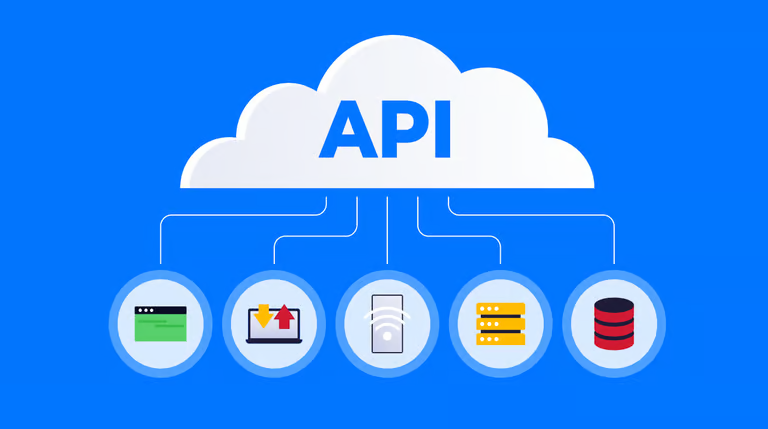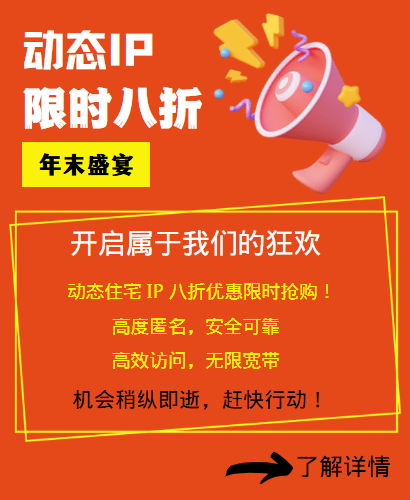Proxy IP is a technology that can protect the real IP address and browse the web on its behalf. In many Internet-related businesses, such as data crawling, cross-border operations, SEO optimization, and advertising verification and registration, we all need to use proxy IP to help us develop our business and protect our privacy and security. In order to facilitate the use and acquisition of proxy IP, many proxy IP service providers will provide API interfaces, so what exactly is this API interface?

The API interface in the proxy IP is a way to obtain the proxy IP through a network request. Maybe for technical personnel, this is a very easy concept to understand. By calling the API interface, we can get a series of available proxy IP addresses and corresponding port numbers, as well as other related information. This information can help us use proxy IP to protect the real IP address when browsing the web, so as to achieve the purpose of protecting privacy and improving security.
The API interface usually returns data in a standardized format, such as JSON or XML. By parsing the data returned by the API, we can get detailed information about the proxy IP, including IP address, port number, protocol type (such as HTTP or HTTPS), degree of anonymity, availability, etc. With this information, we can choose the appropriate proxy IP for web browsing according to our needs.
In order to improve the availability and stability of the API interface, some proxy IP service providers will also control the API interface. For example, the official may control the number of times each user can call the API interface per day, or control the number of proxy IPs returned by each call to the API interface. These controls are to ensure the stability of the service and prevent abuse and malicious attacks.
In addition to obtaining proxy IPs, API interfaces can also provide other functions and services. For example, some API interfaces also support the verification function of proxy IPs, and the availability and anonymity of proxy IPs can be detected through the verification interface. Other API interfaces also support the customization function of proxy IPs, which can customize proxy IPs of specific types or regions according to user needs.
In short, the API interface in the proxy IP is a convenient and quick way to obtain proxy IPs. By calling the API interface, we can obtain the available proxy IP information and use them to protect the real IP address when needed. Whether it is for protecting privacy, improving security or other purposes, the API interface provides us with a simple and effective solution.
Related Recommendations
- Facebook Registration Guide 2025: The Need for Facebook Agents
- ChatGPT and Proxy IP: Innovation in Identity Management in the AI Era
- N uses of proxy IP: Unlock more online games you don't know about
- Can using local residential IP increase the exposure of Amazon's cross-border stores?
- WhatsApp account maintenance: Strategies for preventing blocking and activating accounts
- How to improve SEO website rankings and increase traffic?
- Can http agents play games?
- Break the Internet blockade and enjoy free surfing
- Using static residential IP and fingerprint browsers: Creating a new strategy for matrix account operations
- How to collect data from e-commerce websites and cooperate with socks5 proxy IP?

